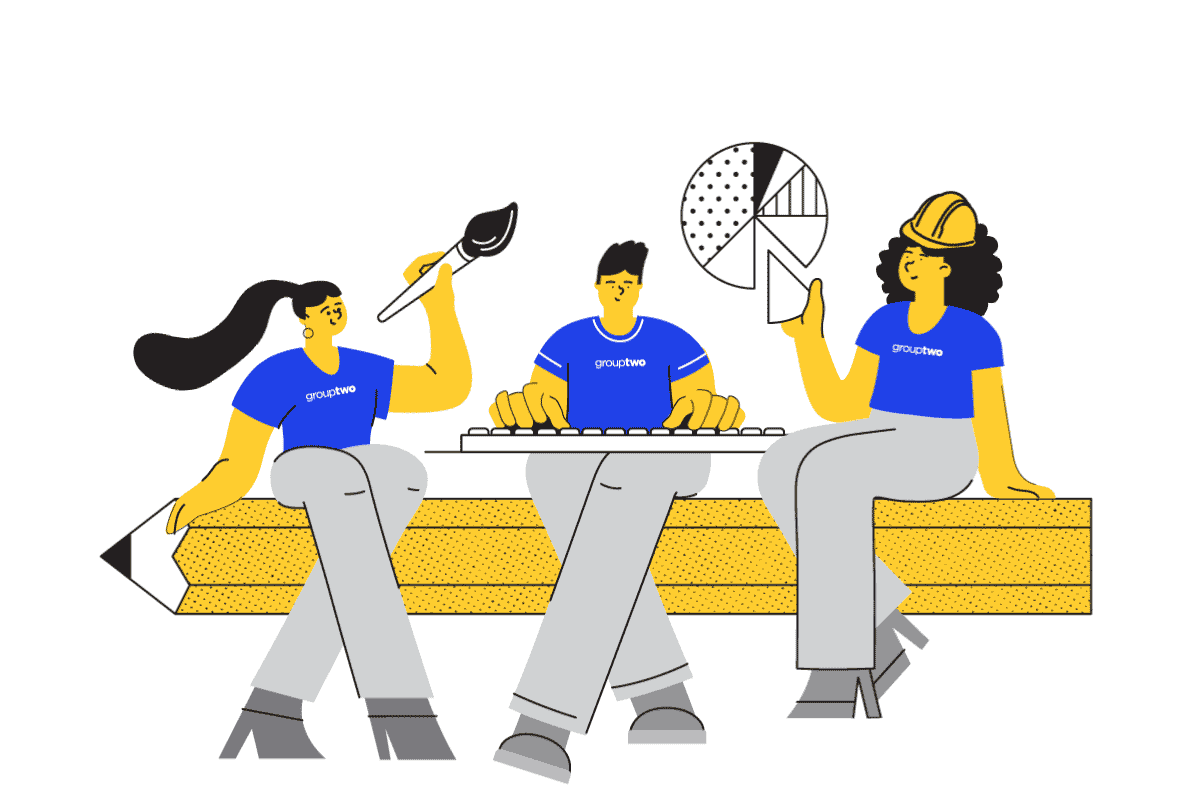 Since Facebook has made producing and publishing videos easier than ever, video ads and other in-site recording, the question has come up about whether or not YouTube is still relevant. With over 8 billion Facebook video views a day, is this the end for YouTube?
Since Facebook has made producing and publishing videos easier than ever, video ads and other in-site recording, the question has come up about whether or not YouTube is still relevant. With over 8 billion Facebook video views a day, is this the end for YouTube?
The answer: Definitely not. A crucial part in accepting this as true is an understanding of the differences between these platforms. We’ve broken it down to seven important variables that not only explain why Facebook and YouTube shouldn’t be treated the same, but how builders can use each to reach the right audience.
Video Length
A shorter video performs better. There are too many distractions within a newsfeed that shorten viewer attention spans, so Facebook rewards shorter videos because people are more likely to share them. The number of people who watch to completion is also a factor in prioritizing, so shorter videos will get more exposure.
YouTube
Users on YouTube are actively searching and choosing the videos they’re watching. The platform prioritizes videos with greater “watch time,” so longer videos outperform shorter videos. It ranks what videos show up in the search based on how long people remain on the site after watching.
Content
Due to the lack of longevity, you shouldn’t share in-depth content, but instead, share essential facts or answers to questions, while keeping communication simple, without the need for any follow-up. It’s a great place for promotional videos if created in a captivating way.
YouTube
People on this platform are searching for tutorials, how-to videos, and other more comprehensive content, so if this is what your videos provide, they’ll rank higher in search results. For more practical, concept-driven content, YouTube is the place.
Visuals
The “talking head” style is meaningless without any sound, and since Facebook audio isn’t automatic, your viewers will have little incentive to stop scrolling and watch. The visual cues must attract viewers to want to click for sound or include closed captioning to avoid this disconnect.
YouTube
YouTube videos are predominantly someone speaking to the screen, providing information and encouraging interaction. This is effective because of the ability to point out buttons, annotations, and other in-video features Facebook doesn’t have.
Tip: Facebook text captions should be simple, but they can be valuable when repurposing videos. Just remember, the more the viewer has to read, the less reason for video in the first place.
Call to Action
It’s important to encourage viewers to engage directly in the form of likes, comments, shares or clicks. There’s no playlist to subscribe to, nor is the focus to promote another video on your channel.
YouTube
Since subscribing to a channel is the best way to ensure repeat viewers, this should be the goal of the video. Otherwise, you should utilize in-video links and encourage people to click.
Tip: If you share the same content on both platforms, make sure the conclusive call to action is customized to each platform.
Exposure & Discoverability
Think of Facebook as a megaphone, where you’re pushing content out. Videos are only exposed to a small audience (your followers), but with better engagement, you’ll have larger exposure to this audience and their followers.
YouTube
Conversely, consider YouTube a magnet, pulling viewers in. They’re found through Google or in-site searches, or as suggestions based on what you’re watching. With a much longer shelf life, they drive views and leads over long-term.
Tips: On YouTube, add keywords to “About Us” section to help with search engine optimization. Create playlists of similar content to encourage viewers to stay on your channel longer and choose a featured video to highlight specific content on your page.
Analytics & Engagement
Any time a video is on a screen for +3 seconds, it is considered a view, but due to the auto play feature, a “viewer” could actually be looking at something else while your video is playing on screen. Try to capitalize on these 3 seconds with your logo or an attention grabbing visual.
YouTube
Views on YouTube are more reliable and valuable because the viewer specifically chose to watch it. You can expect better results because there is less data pollution. Retention rates are about 60%.
Tip: Don’t compare the two platforms directly due to their differences. Instead, compare Facebook videos to other Facebook videos, and YouTube videos with YouTube videos.
Long-Term ROI Potential
Since Facebook videos are only discoverable on a newsfeed for a couple days, there is a much shorter ROI. Otherwise, the video must be specifically searched for or found within the publisher’s timeline.
YouTube
You can search and find a YouTube video for years, not only within the platform, but through Google searches as well, so the long term ROI is much better.
Tip: If you have to choose just one for long-term play, it’s YouTube, BUT this doesn’t mean it’s the right fit for all content.
Now that you know the key differences between the two platforms, you can make sure the right audience is seeing the right content. With Group Two’s help, following and executing these tips is easy, so contact us to learn how videos can enhance your marketing strategy today.

By Nicolette Miller –
Online Content Strategist

